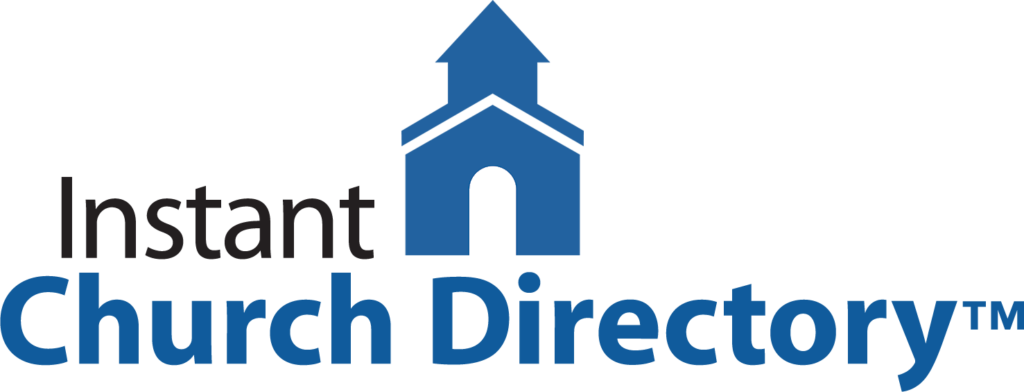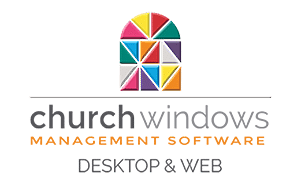As a provider of reservation software services, we have seen the pandemic’s varied effects across a spectrum of geographic locations and industries. Even from the beginning weeks in March, clear communication as well as hygiene and safety protocols have been key components in any business or organization re-opening plan.
For many churches, the many services provided to their members and community typically occurs in a social setting. Technology is now playing a very large role during the pandemic situation to provide churches a way to continue engaging their congregants and community members.
Many churches are moving to a hybrid approach of providing in-person services and online services. A church reservation software service becomes essential in planning for a smooth flow of congregants coming to attend in person and for churches to re-open safely.
A simple software system that can automate seat reservations will ease the process and help churches adhere to rules and regulations, such as social distancing, contract tracing and temperature screening imposed by local authorities.
Early in April, we received an inquiry from a nearby church looking for a way to “reserve seats” for their members so they could monitor and keep attendance at the required capacity of 50% allowed at that time. The sales team member who took that call immediately recognized a need of many churches to provide a way for guests and members to reserve seats available for worship services.
Since then, we have communicated with more than a two hundred churches about what they need in an online reservation service.
Here’s what you should look for in a reservation software system:
- Ability to select a date and reserve a seat for a specific service
Many churches are adding additional services on the fly, based on number of people wanting to attend church. For example, a church, that normally would hold about 600 people in attendance was only able to have 100 people for their service. So, a week before they opened, when they sent out their email blast to book their seat for the upcoming service, the whole 100 seats were booked in just a couple of hours. Immediately seeing this, the church was able to add a second service.
- Ability to select seats by the congregant
Some churches are providing a seat map for users to select where they would like to sit. Based on how many people are coming, they can see from the seat map that seats 123 are grouped together, so a family of three could select these three seats.
- Terms and conditions for attending service
Churches are requiring that congregants agree to certain terms and conditions before they can make a seat reservation. These terms can be customized for each church. Asking members not to attend if they are not well. Agreeing to their temperature being checked on arrival. Arriving 15 minutes in advance.
- Instant email or text message confirming the reservation
Churches should be able to send a customized instant email to the person that is making a reservation online. These emails could contain other useful information and could be updated each week.
- Check-in option
When a congregant arrives at the church, some churches are using this option to check-in a congregant, so we can know who really attended vs who just reserved a seat online. A staff member of volunteer can check-in people from a tablet or iPad.
Several other options can be used for tracking attendance, such as printing a list and having an usher cross off names as they enter. Members can also be asked to bring a print-out of their seat confirmation, which can be collected by an usher and updated in the system the next day.
- Contact tracing
Some states are requiring that everyone who walks into the church should have their attendance and seat location recorded. If a church uses assigned seating; then reports can be generated for this purpose. In case a person tested positive for COVID-19 within a certain time period of attending church, then the people seated in proximity could be notified.
- Mobile-friendly
All of these options should be easily useable on a mobile phone or tablet.
“What a blessing and encouragement GraceSoft has been to our church! We used the reservation system for four weeks, when we were able to safely follow our state guidelines and meet in person,” said Becca Tilley of Grace Community Church in Visalia, California. “The system was easy to learn to use, easy for our congregation to use and streamlined the planning and preparation for our in-person services.”
GraceSoft designs and develops cloud-based web applications. Complete details are available at www.gracesoft.com/church-reservation-system










